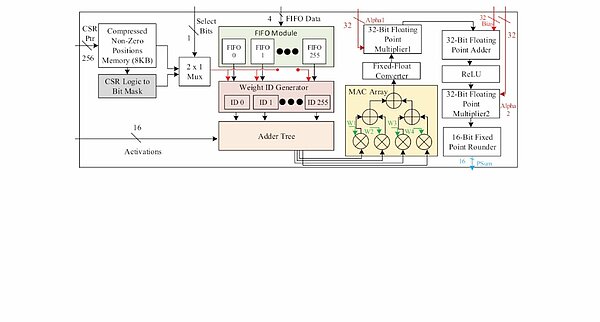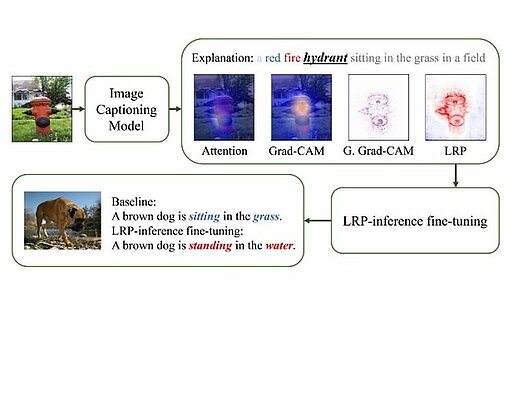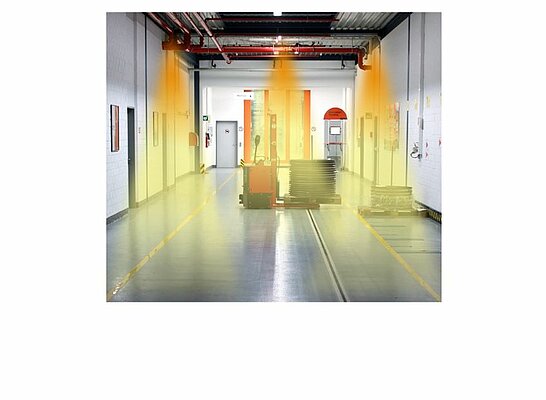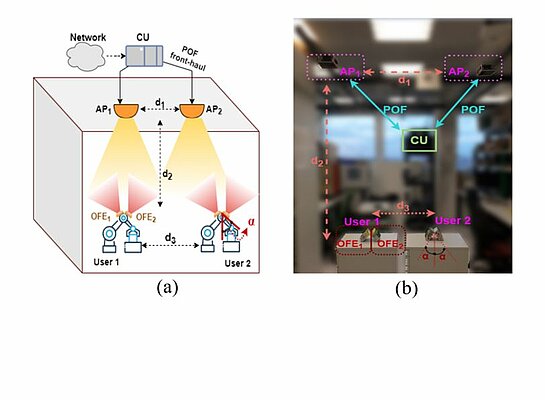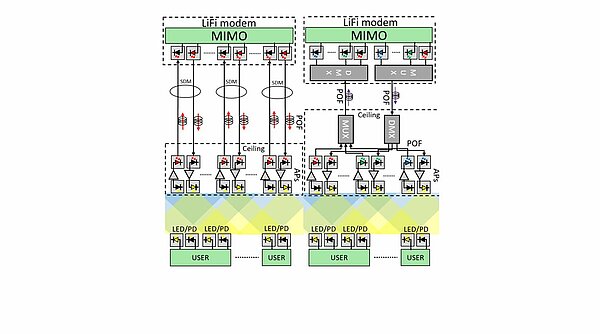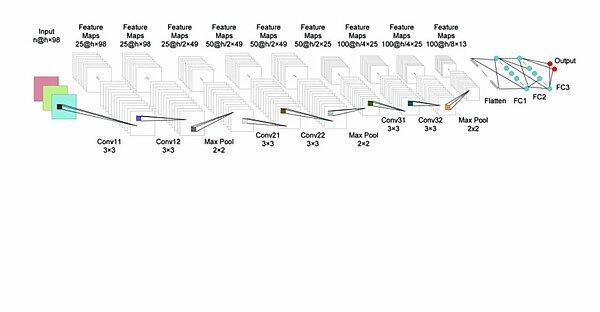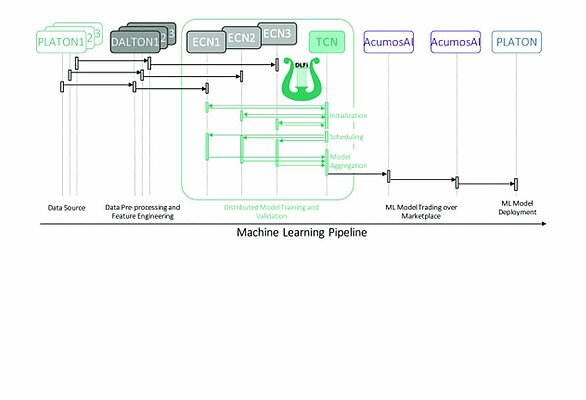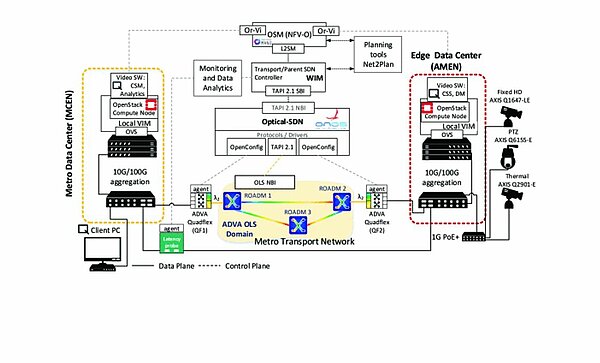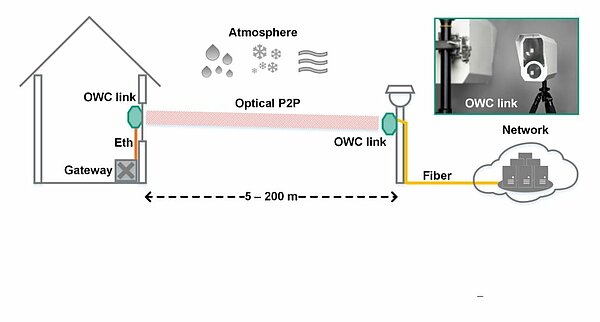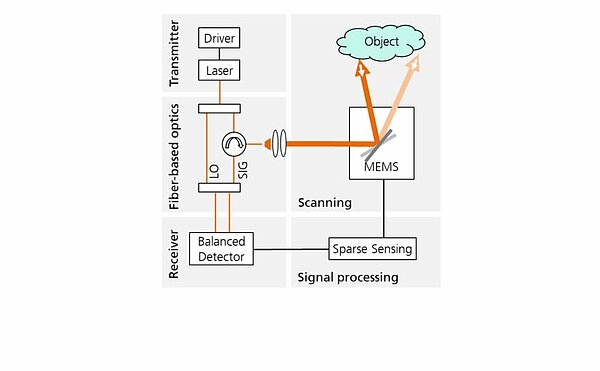FantastIC4: A Hardware-Software Co-Design Approach for Efficiently Running 4bit-Compact Multilayer Perceptrons
With the growing demand for deploying Deep Learning models to the “edge”, it is paramount to develop techniques that allow to execute models within very tight and limited resource constraints. In this work we propose a software-hardware...
Explain and Improve: LRP-Inference Fine Tuning for Image Captioning Models
This paper analyzes the predictions of image captioning models with attention mechanisms beyond visualizing the attention itself. We compare the interpretability of attention heatmaps systematically against the explanations. We demonstrate that...
LiFi Positioning for Industry 4.0
Precise position information is considered as the main enabler for the implementation of smart manufacturing systems in Industry 4.0. In ...
Benefits of MIMO Mode Switching, Angular Diversity and Multiuser Multiplexing for LiFi
We report on the first real-time experiments with distributed MIMO and multiple users for LiFi. MIMO mode switching and angular diversity are beneficial for robust-ness. Multiuser multiplexing helps in scenarios where users have complementary...
Distributed MIMO Experiment Using LiFi Over Plastic Optical Fiber
This paper shows the feasibility of a networked LiFi system using a distributed multiple-input multiple-output(MIMO) link for optical ...
Deep Convolutional Neural Network for Network-wide QoT Estimation
We propose a novel Deep Convolutional Neural Network formulation for network-wide QoT classification tasks and show its effectiveness for networks with significant topological differences. Our formulation achieves ~99% accuracy on large and...
Inter-Operator Machine Learning Model Trading over Acumos AI Federated Marketplace
We demonstrate the development of a QoT classifier over an autonomous machine-learning pipeline, the trading of the classifier over a federated marketplace, and eventually its deployment in the customer’s network as a cloud-native...
A Latency-Aware Real-Time Video Surveillance Demo: Network Slicing for Improving Public Safety
We report the automated deployment of 5G services across a latency-aware, semi-disaggregated, and virtualized metro network. We summarize the key findings in a detailed analysis of end-to-end latency, ! service setup time, and soft-failure...
All-Indoor Optical Customer Premises Equipment for Fixed Wireless Access
We demonstrate an LED-based optical wireless link for fixed wireless access applications, at data rates of 1.5 Gbit/s over 50 m. The design is robust against vibration and the infrastructure module can be deployed, e.g., at a lamppost with no...
Fiber-based Frequency Modulated LiDAR With MEMS Scanning Capability for Long-range Sensing in Automotive Applications
Safe operation of driver assistance systems remains a challenge, especially at higher speeds. It requires sensor technology that is capable of detecting surrounding conditions even at large distances. LiDAR technology is a cornerstone of this...
